Have you ever wondered how utility companies locate underground pipes and cables? They don’t just randomly dig and hope for the best. They use something called Ground Penetrating Radar, or GPR as it is commonly known, to see what’s buried beneath the surface. But how does GPR work, exactly? Let’s explore the science behind this advanced locating technology.
What is Ground Penetrating Radar?
If you think GPR is just a fancy metal detector, think again. This non-invasive technology is far more advanced than your average detection tool. Ground Penetrating Radar (GPR) is a technique used to detect objects below the ground’s surface. It works by emitting pulses of electromagnetic energy and measuring the time it takes for those pulses to bounce back to a receiver. If you’re familiar with radar technology, which is used in aviation and meteorology to detect objects in the air, then you can get a basic idea of how GPR works.
So, how does GPR work underground? GPR technology is really quite fascinating. When the electromagnetic energy pulses hit an object below the surface, they bounce back to the receiver. The receiver records the time it took for the pulse to travel to the object and back. This information is then used to create a 2D or 3D image of the object’s location and depth.
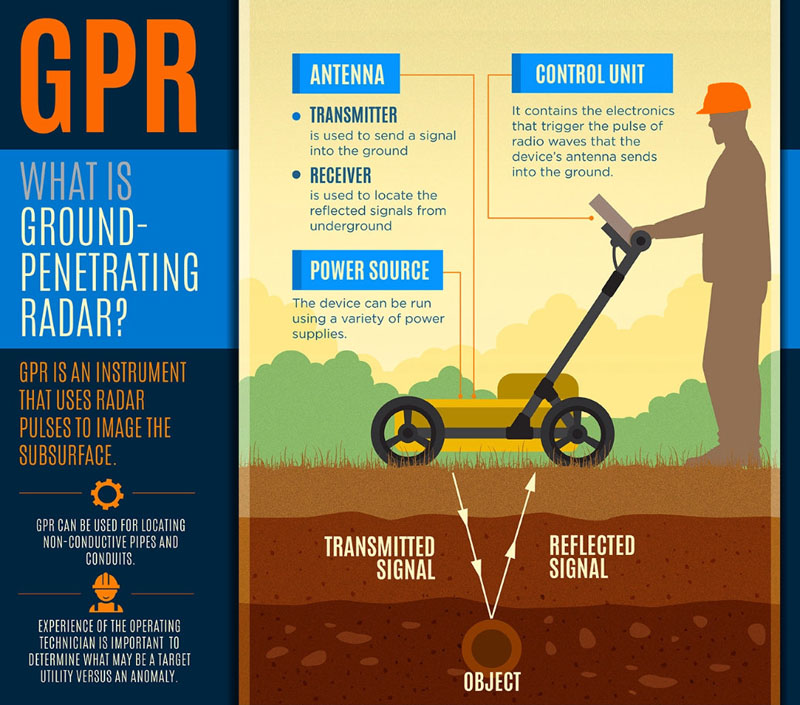
The Science Behind GPR: Reflection and Absorption
The principles governing the intensity of an object’s signal rebounding from the ground through GPR remain a mystery to many. How can you tell whether the electromagnetic pulses will reflect a powerful signal or a feeble one? The answer lies in the intricate scientific principles governing this technology.
When GPR pulses strike an object, they undergo partial reflection and partial absorption. The amount of reflection and absorption is determined by the object’s composition and the frequency of the electromagnetic energy in use. For example, metallic objects reflect more energy than non-metallic ones. Therefore, if there is an underground metal pipe, it will bounce back a more robust signal than a plastic one. Similarly, items with higher conductivity such as water or damp soil absorb more energy than things with low conductivity, such as dry soil. Therefore, GPR can detect subterranean water tables with relative ease.
GPR can also generate high-resolution images of underground items, presenting another advantage. With a resolution capacity of a few millimeters, this technology can identify small objects with precision, such as cables.
It is also worth noting that the size and shape of an object detected using GPR also influences its detection accuracy. The uneven shapes or rough surfaces of objects can scatter the electromagnetic waves in various directions, making their detection all the more challenging.
Detecting Objects at Different Depths with GPR
Ground Penetrating Radar (GPR) boasts numerous benefits, one of which is its ability to detect objects at various depths. By gauging the time it takes for an electromagnetic pulse to reach an object and bounce back, the depth of the object can be ascertained. Objects closer to the surface will have shorter travel times, whereas those that are deeper will have longer travel times.
The frequency of the electromagnetic energy utilized by GPR also determines the degree of reflection and absorption. Lower frequency energy (ranging from 10 to 300 MHz) is ideal for detecting deep-seated objects, while higher frequency energy (ranging from 300 to 1000 MHz) is adept at detecting shallowly buried objects.
The material of an object can significantly affect the accuracy of GPR depth measurements. Some materials are highly conductive and absorb radio waves, making it difficult for the signal to penetrate through them. Other materials may reflect the signal, making it challenging to determine the depth accurately.
For example, PVC it is a dielectric material that cannot be detected at all depths. To determine the depth of a PVC pipe accurately, a general rule of thumb is used. This rule states that for every one inch in diameter, the pipe can be detected up to one foot down. For instance, a one-inch pipe can be detected up to a depth of one foot, and a two-inch pipe can be detected up to a depth of two feet, and so on.
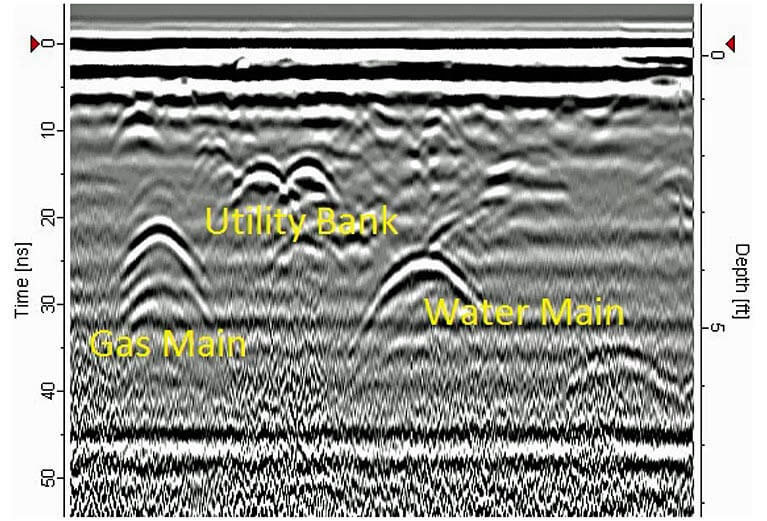
Soil conditions: how it affects GPR
Aside from reflection and absorption, GPR is influenced by various other factors, including the soil’s electrical conductivity. This is because electromagnetic waves are affected by the conductivity of the material they are passing through. High-conductivity materials such as water or moist soil consume more energy than low-conductivity materials such as dry soil. Hence, GPR can detect the presence of underground water tables, among other things.
Ground penetrating radar is most effective in the following soil conditions:
- Dry, sandy soils. These soils have low moisture content and low electrical conductivity, which makes them ideal for GPR surveys.
- Uniform soils. GPR waves travel more easily through uniform soils, which makes it easier to get a clear image of the subsurface.
- Soils with few obstructions. Objects like stones and boulders can reflect GPR waves in unpredictable ways, making it difficult to interpret the data. If possible, it is best to survey soils that are free of these obstructions.
Ground penetrating radar is less effective in the following soil conditions:
- Soils with high moisture content. Water absorbs GPR waves, making it difficult to detect objects below the surface.
- Soils with high electrical conductivity. Materials like salt and clay can conduct electricity, which can also interfere with GPR waves.
- Soils with high organic content. Organic matter can scatter GPR waves, making it difficult to get a clear image of the subsurface.
- Soils with large stones or boulders. These objects can reflect GPR waves in unpredictable ways, making it difficult to interpret the data.
The Importance of GPR for Utility Locating
So, how is GPR used in utility locating? GPR is particularly crucial for utility locating since it offers a non-invasive approach to underground exploration. This makes it a vital tool for accurately identifying the location of various buried utilities, including gas pipes, power cables, water mains, and communication lines. By utilizing GPR, underground utilities can be promptly and effortlessly located without damaging or disrupting their service. This approach allows the creation of a map of the utilities, enabling workers to avoid causing any harm during repairs or construction. This approach not only saves time and money but also mitigates the risk of accidents.
Don’t Get Buried in your Subsurface Investigations – Trust the GPR experts at Spearhead Locating Services
Ground Penetrating Radar (GPR) is a captivating technology that employs electromagnetic energy to detect objects hidden beneath the surface. This technology has transformed the process of locating buried pipes, cables, and other objects, making it faster, safer, and more cost-effective.
If you need to determine the presence of buried underground storage tanks, manhole covers or non-conductive lines hindering your project, we utilize our ground penetrating radar unit to locate them. GPR is particularly useful in identifying objects that electromagnetic induction locating can’t detect.
At Spearhead Locating Services, we’ve got the experience and knowledge to ensure that you get all the information required to proceed confidently with your project. Your peace of mind is our ultimate goal.

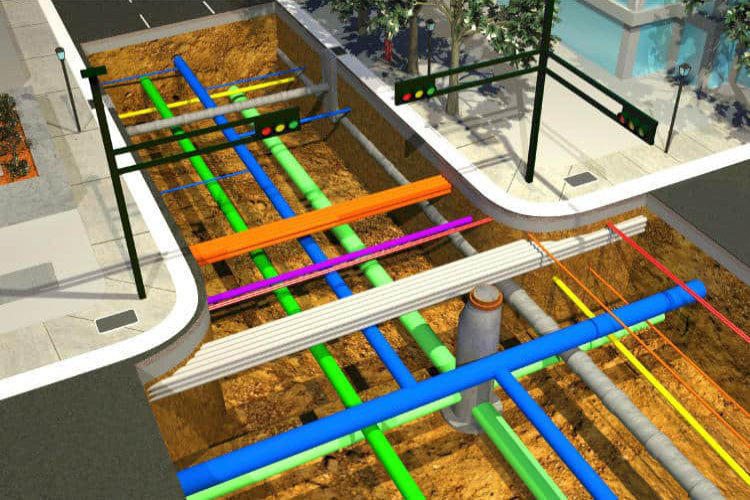
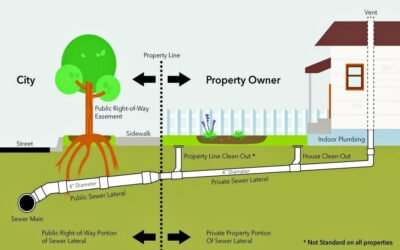
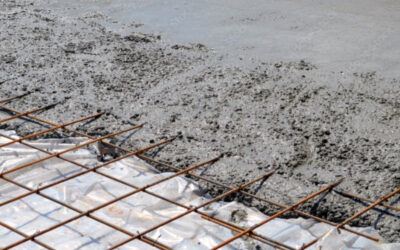
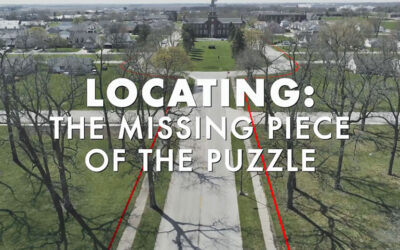
0 Comments